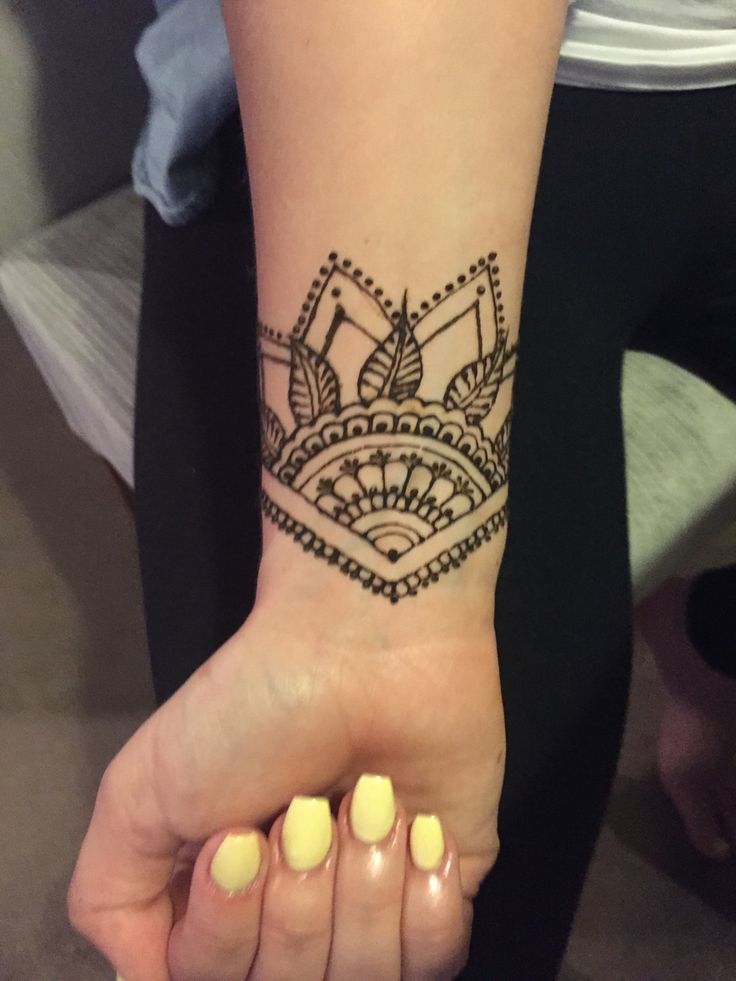
The meaning of mandala comes from sanskrit meaning “circle.”. The meaning of mandala patterns.

In many cultures mandala is considered to be a sacred symbol that represents the essence of the universeand our connection with the never ending cycle of life.
What is the meaning of a mandala. A mandala is a symbol of the universe for many buddhists and hindus. While extraordinary as a standalone work of art, mandalas hold symbolic and meditative meaning beyond their vibrant appearance. A mandala is a spiritual and ritual symbol in asian cultures.
Some spiritual traditions use mandalas for meditation or for marking a spiritual space. Buddhist tradition incorporates a lot of visual imagery in its practices, including the mandala. Circles have very powerful significance in countless religions and traditions, primarily hinduis
A hindu or buddhist graphic symbol of the universe specifically : The meaning of these symbols of christianity is not that different from the meaning of various types of mandalas in hinduism and buddhism. The word “mandala” itself means “circle” and, often, that’s what a mandala looks like.
The mandala appears to us in all aspects of life, the earth, the sun, the moon and more obviously the circles of life encompassing friends, family. Mandala is seen all around us, in the moon, sun, and earth. Color is of particular importance in buddhist art, as the concept of enlightenment is often represented by “pure light,” or.
The term mandala means “circle” in sanskrit. A mandala is any form of a circular geometric design that contains symbols of a person’s inner self, guiding principles, and overall ideas about the world. What is a mandala and what is its purpose?
If you still don’t have the answer to your questions, “what is the meaning of a mandala” or “what does a mandala mean”, then let me help you out. This means that a mandala can be drawn in any form of art as long as it’s in a circle; Circles have a very evocative meaning in hindu and buddhist religious traditions.
A circle enclosing a square with a deity on each side that is. Here are some impressive facts about mandalas to help you understand them better: Tantric buddhism mandala color meaning.
The meaning of mandala comes from sanskrit meaning “circle.”. In many cultures mandala is considered to be a sacred symbol that represents the essence of the universeand our connection with the never ending cycle of life. The mandela is a profound symbol that can change the way you perceive yourself and the world around you.
Most mandalas have colorful, detailed geometric patterns or designs. Externally as a visual representation of the universe or internally as a guide for several practices that take place in many asian. This symbol, sacred to many belief systems across the globe, is designed like a geometric shape and represents the universe.
It was firstly created by hindu and then widely adopted in other religions such as christianity, buddhism, judaism, and paganism. A mandala is any form of a circular geometric design that contains symbols of a person’s inner self, guiding principles, and overall ideas about the world. The original meaning of mandala is “circle.” mandalas are meant to represent fullness, wholeness, and infinity, helping us understand what exists beyond the world we inhabit.
“circle”) in hindu and buddhist tantrism, a symbolic diagram used in the performance of sacred rites and as an instrument of meditation. Mandala painting is a symbolic picture of the universe, the circle that represents wholeness, totality, infinity, timelessness, and unity. The mandala is basically a representation of the universe , a consecrated area that serves as a receptacle for the gods and as a collection point of universal forces.
The word mandala itself simply means “circle” in sanskrit. It is an artistic way of representing the spiritual universe and can be recognized by its concentric circles and other geometric figures. The mandala commonly appears in artwork and jewelry design worn by many who believe that it helps them to explore the emotional, psychological and spiritual aspect of their lives.
They don’t all have to. The underlying idea is to try and discover yourself while you draw. Mandalas offer balancing visual elements, symbolizing unity and harmony.
The significance of objects within a mandala is conveyed by shape, size, and color. Humans believe in this cosmic process as the life and death of a soul and spirits of gods which gathers strengths and weaknesses in an individual. Mandalas were traditionally created with a specific, symbolic meaning and used during certain sacred rituals as tools of contemplation, and meditation.
A mandala represents wholeness, a cosmic diagram reminding us of our relation to infinity, extending beyond and within our bodies and minds. Even though it may be have features like squares or triangles, a mandala always has a concentric (circular) nature. One does not need to have a degree to draw a mandala.
The objects can be abstract designs or specific drawings of people, places, and ideas that are central to a person’s life. Mandala is famously known as a spiritual and ritual symbol in many asian cultures. So, a mandala is basically a round symbol, or a representation of some sort of a deep meaning that it stands for.
Mandalas are often composed of several key symbols of eastern religions, some of which can also be found in jewelry. What is the meaning of mandala? The center of the mandala is known to be a cosmic process of reintegration and disintegration, meaning entering and exiting the strength or the core from the central point.
It can be understood in two different ways: The literal meaning word mandala means circle, and circle mandalas are also one of the most commonly available form of mandalas. The meaning of mandala patterns.
Mandalas arose in indian and himalayan religious traditions as artistic ways of representing the spiritual universe.